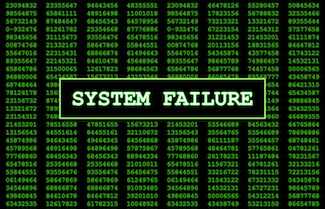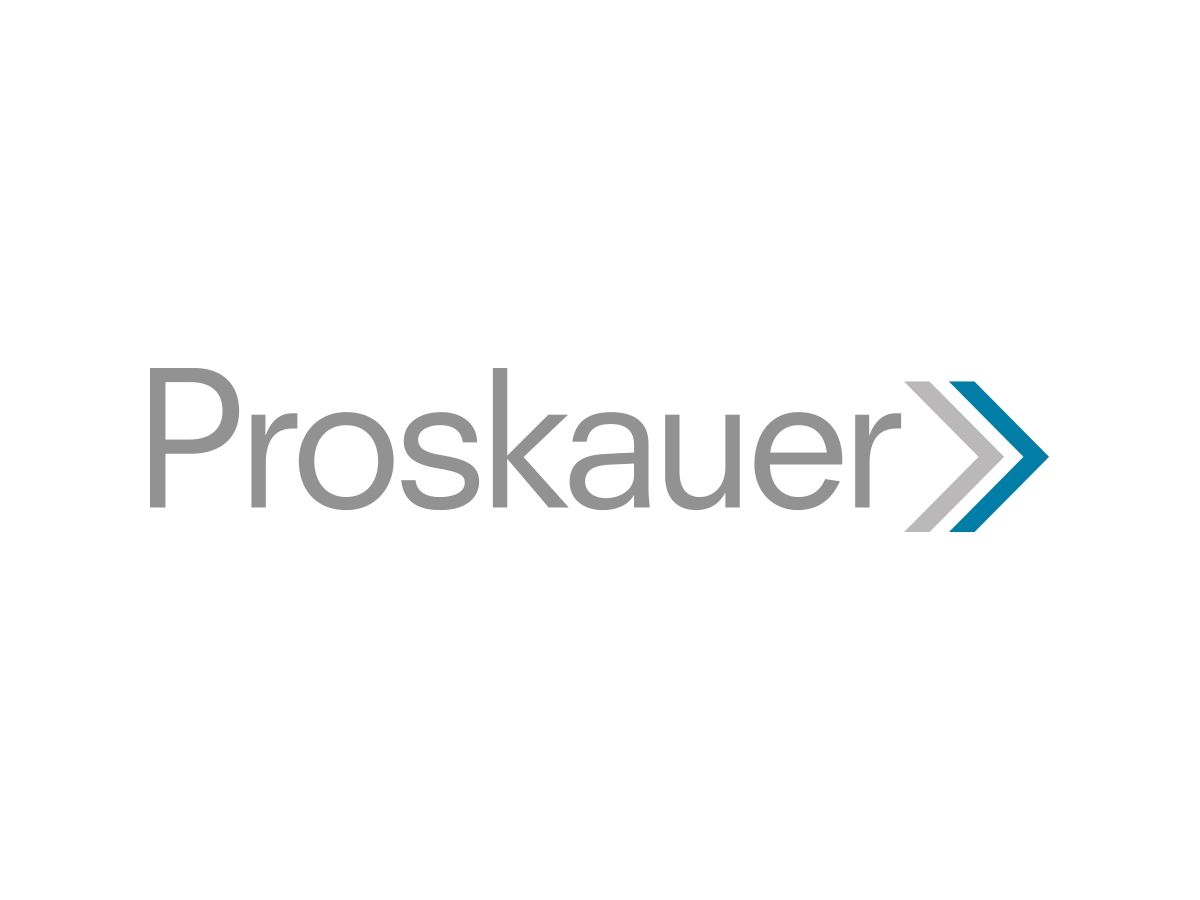Rader’s Ruminations: LKQ – An Utterly Failed En Banc ‘Clarification’
“On one thing all commentaries agree: this ruling will make it more difficult to protect designs. No surprise here.”
A few weeks ago, the U.S. Court of Appeals for the Federal Circuit undertook to clarify the obviousness standards for design patents. LKQ Corp. v. GM Glob. Tech. Operations LLC, __ F.4th__, No. 2021-2348, 2024 WL 2280728 (Fed. Cir. May 21, 2024). After many breathless commentaries, the record needs at least one expression of the “obvious”: this judicial effort utterly failed.
Wrong Choice
At the outset, the effort failed because it was the wrong topic for en banc clarification. If knowledgeable patent lawyers identified topics in need of en banc clarification, the obviousness standard for designs would not have likely received a single nomination. Now, the need to clarify the difference between an “automatic” rule and a “general” rule for permanent injunctions (and explication that a general rule is most in harmony with the statute) would probably have received hundreds of nominations. See, Rumination 1. Moreover, this clarification would bring U.S. injunction practice closer to the international standard.
No doubt even more nominations would have suggested that an en banc Federal Circuit should accept the Supreme Court’s invitation to take up an eligibility case, See, Ruminations 3 & 4.And once the court was en banc, it could convert its eligibility sledge hammer into a scalpel to reach only the extreme cases that the Supreme Court targeted. See, again Rumination 3. Instead, while LKQ was pending, the Federal Circuit killed a system for improving use of scans in medical treatment for lack of eligibility because some of the inventive details appeared in the specification, not the claims. AI Visualize v. Nuance, (April 24, 2024). One might inquire what claim drafting errors have to do with subject matter eligibility. In any event, any hypothetical inquiry into topics needing clarification might have produced hundreds of nominations for venue, enablement, written description, inventorship, exhaustion, Patent Trial and Appeal Board (PTAB) standard of proof, claim construction standards, or even KSR obviousness itself, but design patent obviousness would not have likely garnered a single vote.
Not Needed
Another glaring reason that this en banc clarification failed is because it was completely unnecessary. Under the prior Rosen-Durling test, obviousness for designs required: (1) a primary reference “basically the same” as the claimed design, and (2) prior art designs “so related” to the primary reference that a combination would suggest the claimed ornamental design. In re Rosen, 673 F.2d 388 (CCPA 1982); Durling v. Spectrum Furniture, 101 F.3d 100 (Fed. Cir. 1996). The en banc court in LKQ sought to square Rosen-Durling with the Supreme Court’s ruling in KSR Int’l v. Teleflex Inc. 550 U.S. 398 (2007). In KSR, the Supreme Court rejected a “rigid” approach to obviousness for utility patents, preferring instead an “expansive and flexible approach.” KSR, 550 U.S. at 416. KSR, in a few words, chose a “common sense” approach that left the obviousness test itself undisturbed. A common-sense approach to this case suggests that the Rosen-Durling construct stated the proper test pretty well. Instead of embracing “common sense,” the en banc court labored for 30 pages when it could have achieved the flexibility it desired in a few sentences: “basically the same” means “basically the same, not exactly the same” and “so related” means “generally so related.” The two-step approach of Rosen-Durling was an accurate statement of the test, which only possibly needed a more flexible access to evidence to square with KSR. Indeed, the court would not have even needed an en banc proceeding to achieve that evidentiary flexibility.
This en banc effort failed because it overreached. Instead of adjusting a test in use for 30 years, the court overruled Rosen-Durling and started from scratch. Even the U.S. Patent and Trademark Office had suggested that the familiar Rosen-Durling construct only needed some revision.
A Misreading of KSR
The Federal Circuit overreached because it misread KSR in the first place. In particular, the Federal Circuit perceived that the rigidity of the Rosen-Durling test mirrored the rigid teaching-suggestion-motivation (TSM) “test” rejected in KSR. As a side comment on KSR itself, what could be more flexible than a broad “suggestion” or a mere “motivation?” In truth, the Supreme Court took the KSR case because it was sold a bill of goods that the Federal Circuit had created a runaway obviousness test only to realize when it looked closer that the Circuit followed the statutory test. See, Dystar v. CH Patrick, 464 F. 3d 1356 (Fed. Cir., 2006) (cited with approval by KSR showing the Federal Circuit already used “common sense” in applying the Graham obviousness test and causing the Supreme Court to pivot to merely calling for more “flexibility”).
In any event, TSM was not a test at all but an identification of the sources of prior art to be used in the statutory test as applied in Graham v. Deere.
If the Federal Circuit had really followed KSR, it would not have overruled Rosen-Durling. After all, Rosen-Durling properly stated the test — the “overall visual impression of the ornamental design” reflected in the prior art. Indeed, KSR did not overrule the Graham test itself, but made access to the evidence for that test more flexible. Ironically, instead of heeding the proper lessons of KSR, the en banc Federal Circuit overstepped the more modest approaches that the Supreme Court took in KSR. The en banc court just needed to make access to evidence a little more flexible, as KSR itself did. In sum, the en banc court did not follow KSR at all.
Ironcially, the en banc court labored to overrule Rosen-Durling because it perceived that the design obviousness test was as inflexible as the TSM test in KSR, but TSM was not a test at all! Instead, KSR just called for a broader common-sense view of the prior art available for the actual test specified by Graham v. Deere. The Circuit needed to only suggest a more flexible view of prior art to square LKQ with KSR. Now, the Supreme Court did misconstrue TSM as a “test” instead of the inputs for the actual test, but the experts of the Federal Circuit should have recognized the actual obviousness test and properly applied KSR. With a proper understanding of the evidentiary roots of TSM and the test in question in KSR, the en banc court would only have needed to make minor adjustments to achieve a flexible approach to the accurate Rosen-Durling test, just as KSR mandated a flexible view of prior art for the real obviousness test.
Complications Instead of Clarifications
In sum, the holding in this 30-page en banc tome boils down to advising use of a broader array of prior art in design cases. Sadly, when it came time to clarify that broader array, the Federal Circuit backed away, stating it declined to “delineate the full and precise contours of the analogous art test for design patents” because “[r]igid preventative rules [] deny factfinders recourse to common sense.” Let’s see, the court overruled, offered a promise to clarify, and then backed away? How is that common sense?
On one thing all commentaries agree: this ruling will make it more difficult to protect designs. No surprise here. . When was the last time the Federal Circuit made an intellectual property right more reliable, more protectable, more compensable — a decade ago or more? Designs have become more important since Apple’s 2011 billion-dollar verdict over Samsung. . Indeed, design patent filings have grown from around 18,000 applications in 2000 to more than double that number (over 50,000 applications) in 2021. See, USPTO statistics, Patent Technology Monitoring Team. Indeed, a listing of some of the top ten applicants (Nike, Samsung, Apple, Ford, Hyundai, and General Motors) shows that designs are important to protect rights in critical markets, like shoes, phones, and automobiles. Moreover, the design patent allowance rate is over 80%, making it a very reliable form of product protection. Of course, these observations beg the question: why overrule and attempt to rebuild a system that is already working? Wouldn’t a minor adjustment make more “common sense?”
A successful en banc would not overrule a 30-year rule when it could modestly suggest a common sense adjustment; a successful en banc would clarify when it promised to clarify;, a successful en banc would simplify and explicate instead of complicate; and, perhaps above all, a successful en banc would give property rights the full protection that the statute grants. This en banc utterly fails.
Image Source: Deposit Photos
Author: milagli
Image ID: 23832707






